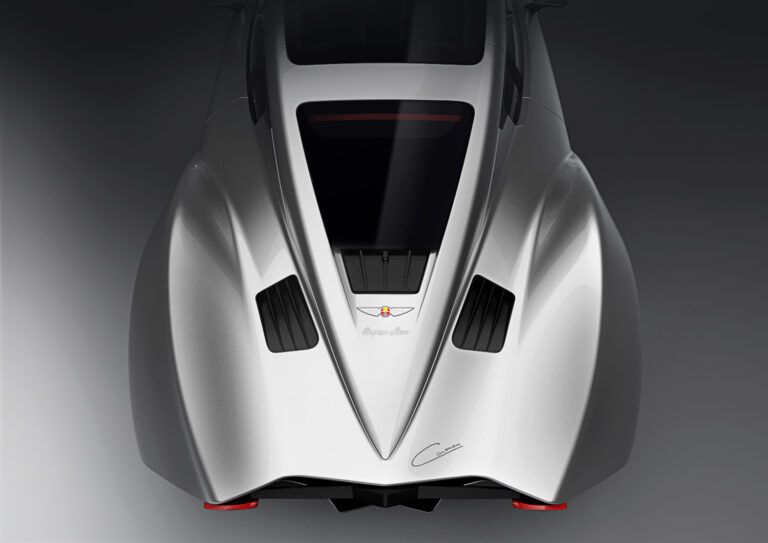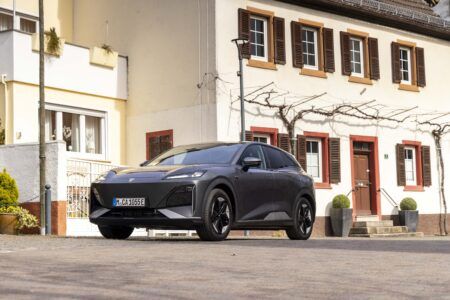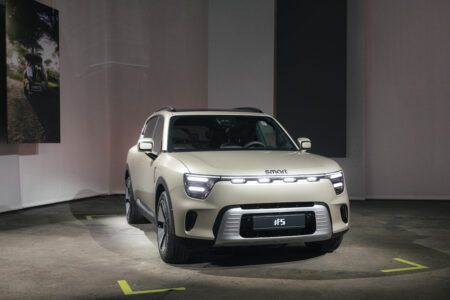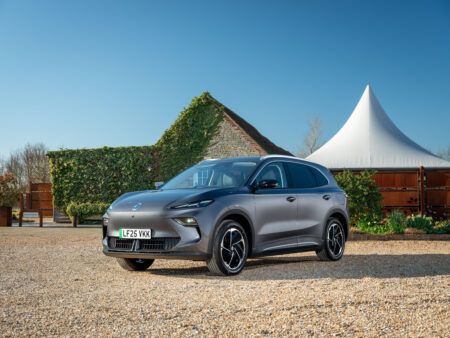The all-electric Carmen was unveiled to the public at the Geneva Motor Show this week, offering up details of the all-new production model from Spanish OEM Hispano-Suiza.
The Carmen features an all-electric 750kW (1,019ps) powertrain with a bespoke super-stiff carbon-fiber monocoque, double-wishbone front and rear suspension and torque vectoring. The vehicle has a claimed 0-100km/h time of less than three seconds, and top speed is electronically limited to 250km/h (155mph).
Aerodynamically, the design is focused on achieving low drag while ensuring requisite airflow across the radiators to efficiently cool the battery and powertrain components.
Testing and development was undertaken using computational fluid dynamics (CFD) and virtual wind tunnel simulation software. The Carmen’s drag coefficient is Cd0.325 – lower, the OEM claims, than the Porsche 918 Spyder, Koenigsegg Agera R and Ferrari F12.
The front splitter, flat floor and rear diffuser work to reduce lift – the front splitter creates a low-pressure zone at the front, while the diffuser does the same between the rear wheels using a convex geometry effect.
The flat floor keeps the flow energy as high as possible from the front to the rear, enhancing the efficiency of the rear diffuser. Air is channeled into the rear wheel arch through a low-drag air inlet in the floor, and out through the rear end of the car, aiding convection cooling of the rear brakes.
Hispano-Suiza’s production partner in the development of the Carmen – QEV Technologies – has extensive experience in developing electric vehicle powertrain technology, specifically for teams participating in Formula E and the Electric Production Car Series. The Carmen is powered by two 375kW PM synchronous motors, one for each rear wheel. Each motor’s torque is controlled through QEV-developed torque vectoring systems.
The Carmen’s battery pack is T-shaped, running as a central spine of the car and behind the seats. It also serves as a tuned mass damper, providing stability and reducing structural vibration. The lithium-ion battery has a base capacity of 80kWh. However, the designers anticipate increasing this to 105kWh thanks to advances in power pack density.
The battery pack – consisting of 700 cells – was designed and produced entirely in-house, including a complete temperature control system to ensure optimum cell operation. The BMS ensures stable charge and discharge performance and delivers the safety strategies required for a 750V DC architecture.
Look out for more on the Hispano-Suiza Carmen in the next issue of E&H Vehicle.





